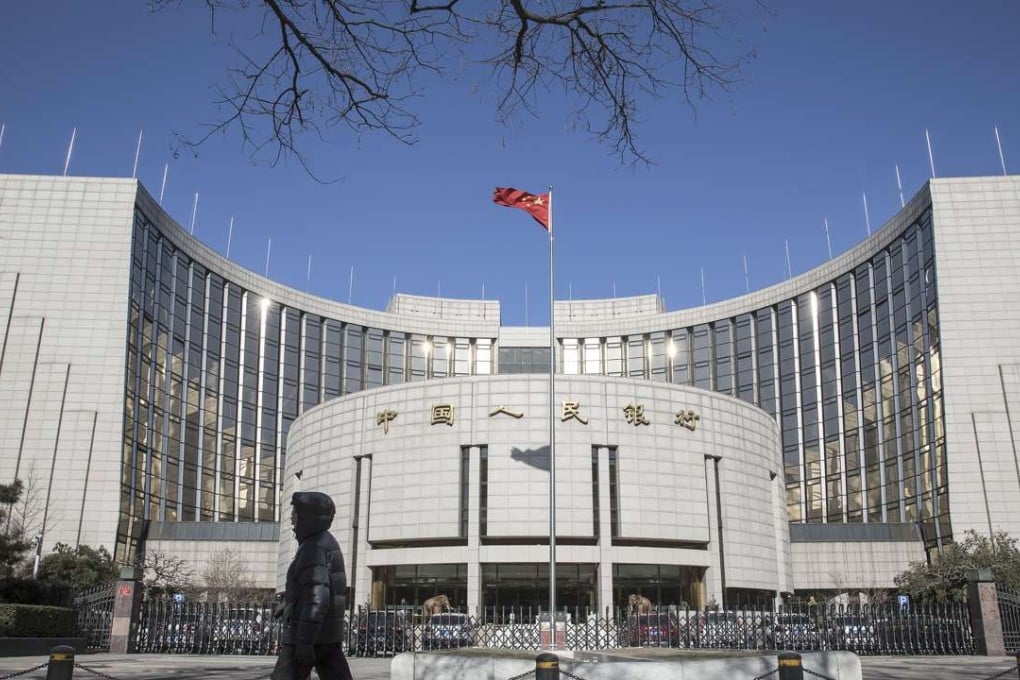China’s central bank raises obscure rate to send clear message
People’s Bank of China signals it is no longer willing to provide limitless cheap funds

An obscure interest rate reached between China’s central bank and lenders in a treasury fund auction has jumped, causing jitters in the onshore bond market on Monday and delivering a message that the People’s Bank of China is unwilling to provide limitless cheap funds to banks.
While the rate stuck between the PBOC and deposit-taking institutions on Monday is neither a policy one nor a benchmark money rate, the surge of 40 basis points from the previous deal shows that the PBOC is tightening the liquidity tap to cope with a weakening yuan, inflated property prices and possible rate increases by the US Federal Reserve.
The PBOC’s move came as extreme monetary easing across the world is drying up and it is becoming increasingly clear that monetary policy alone can’t fix economic woes. The European Central Bank is reportedly discussing possible reductions in the pace of monthly bond purchases, and the Bank of Japan expressed concerns on Tuesday over risks of negative interest rates.
“China’s monetary policy is leaning towards tightening” as immediate slowdown pressures abate, said Larry Hu, a China economist with Macquarie in Hong Kong. “The PBOC is redirecting its focus to financial risks such as housing market bubbles.”
But it is still too early to say that the PBOC is changing its fundamental pro-growth stance, and any major tightening, such as an increase in benchmark policy rates, is still a remote possibility in the world’s second-largest economy, Hu said.
The PBOC has been refraining from major policy moves since its latest cut in the required deposit reserve ratio in March. Instead, the central bank has opted for less eye-catching open market operations and policy tweaks to control funds in the banking system.